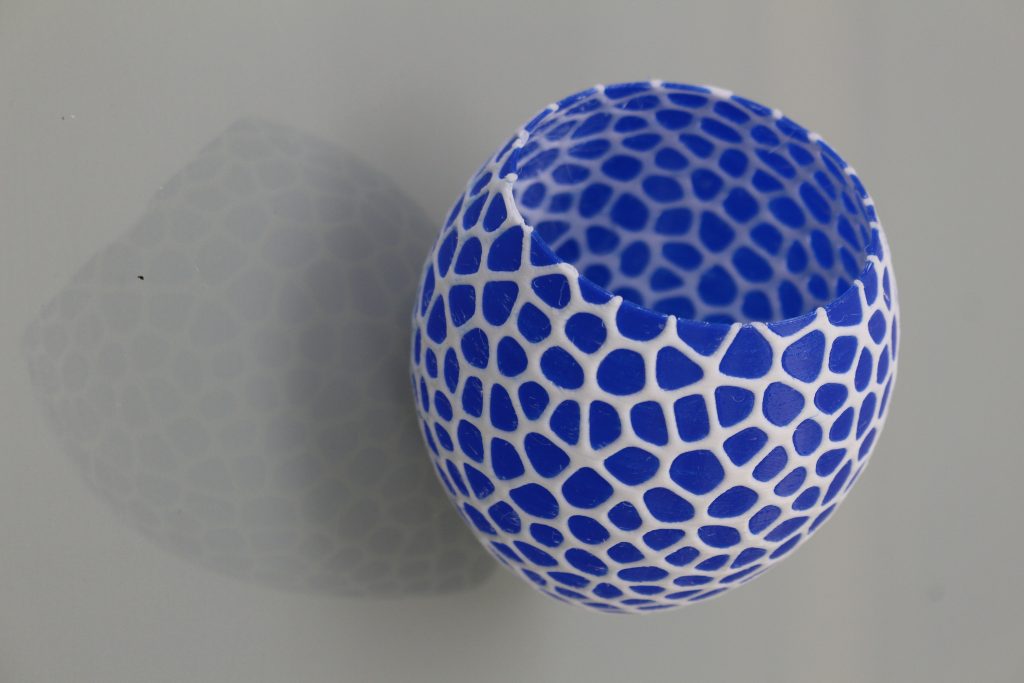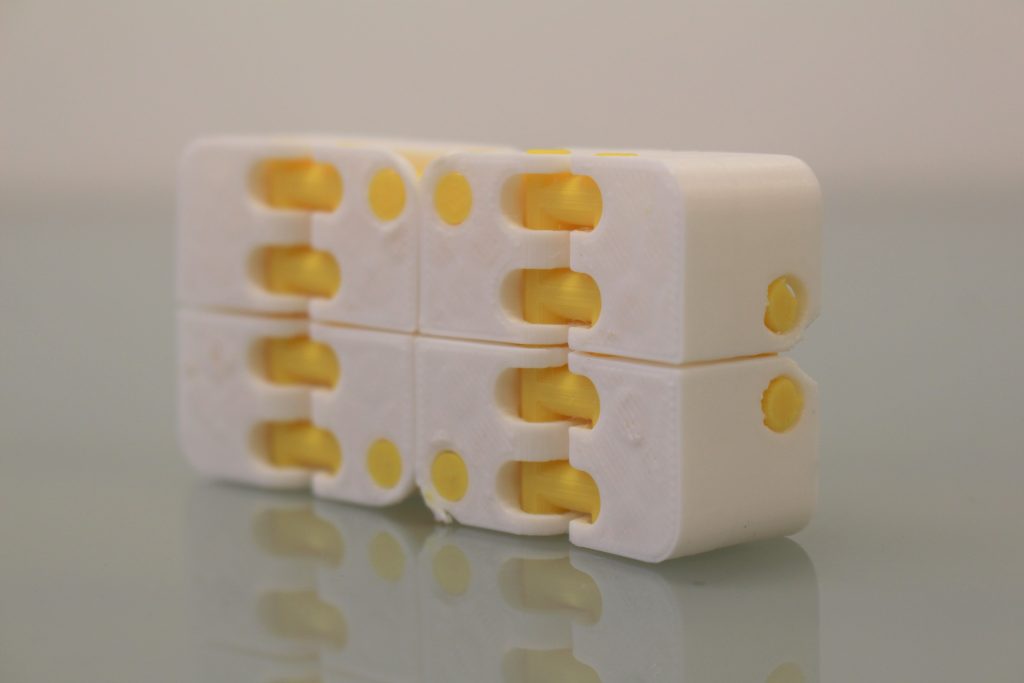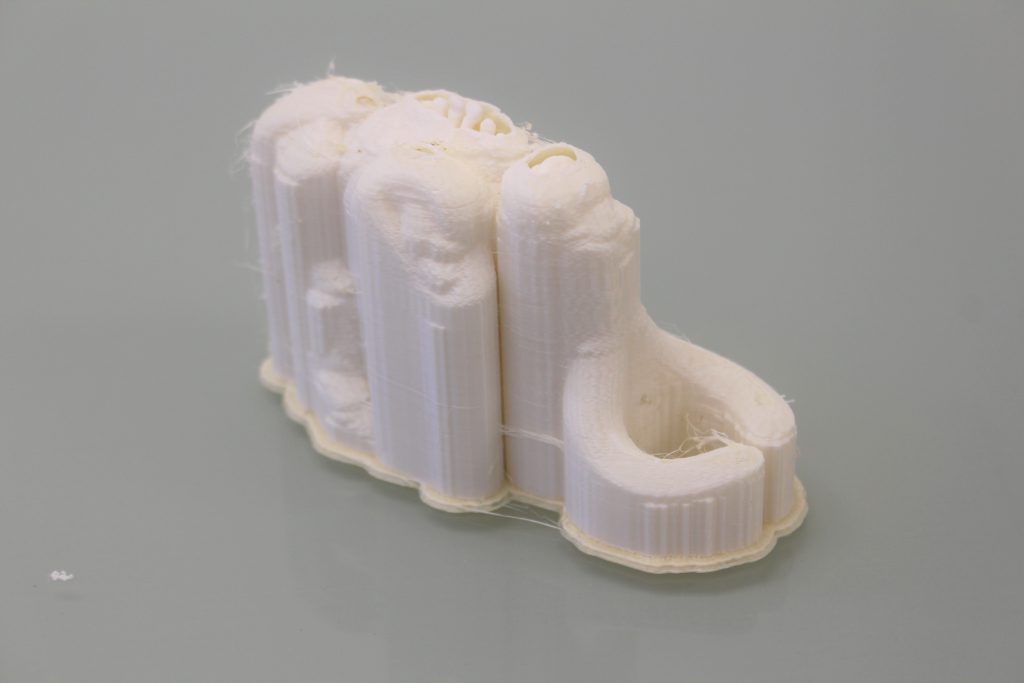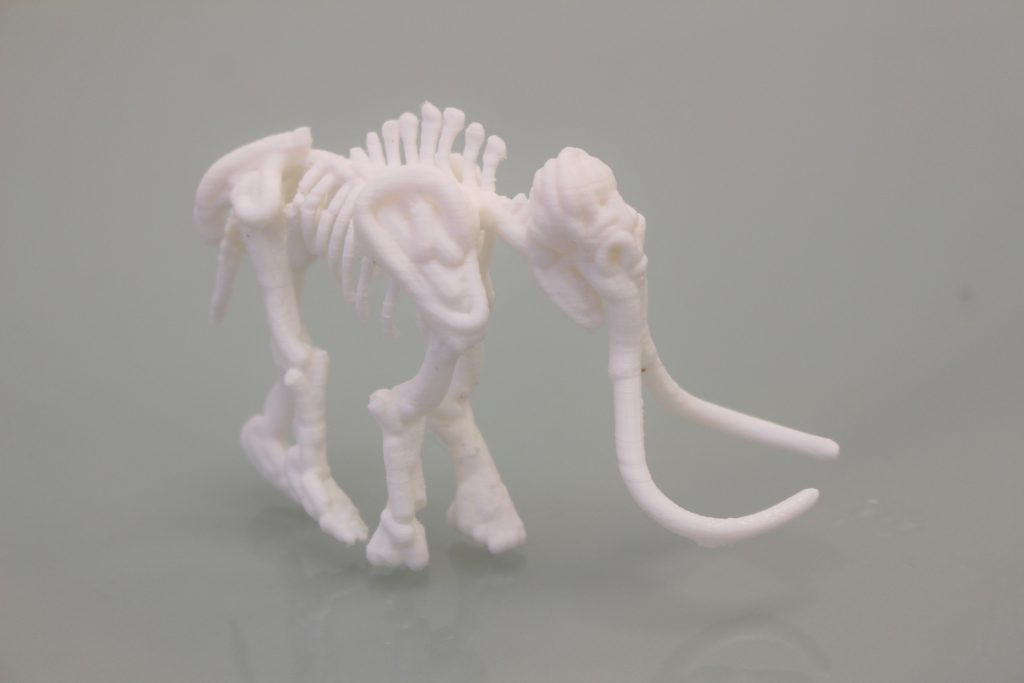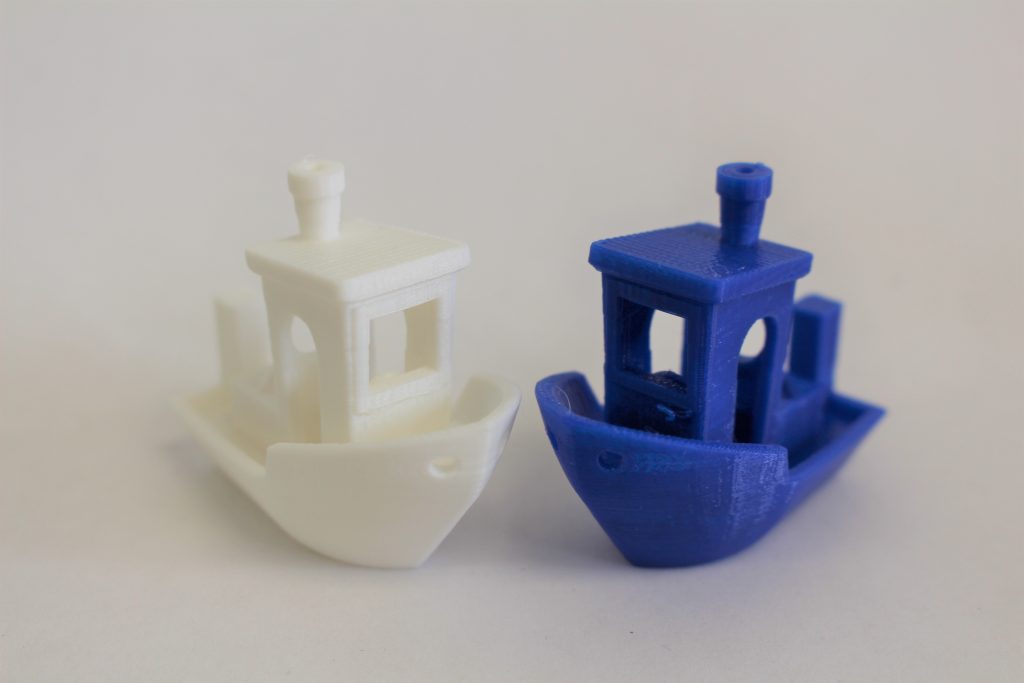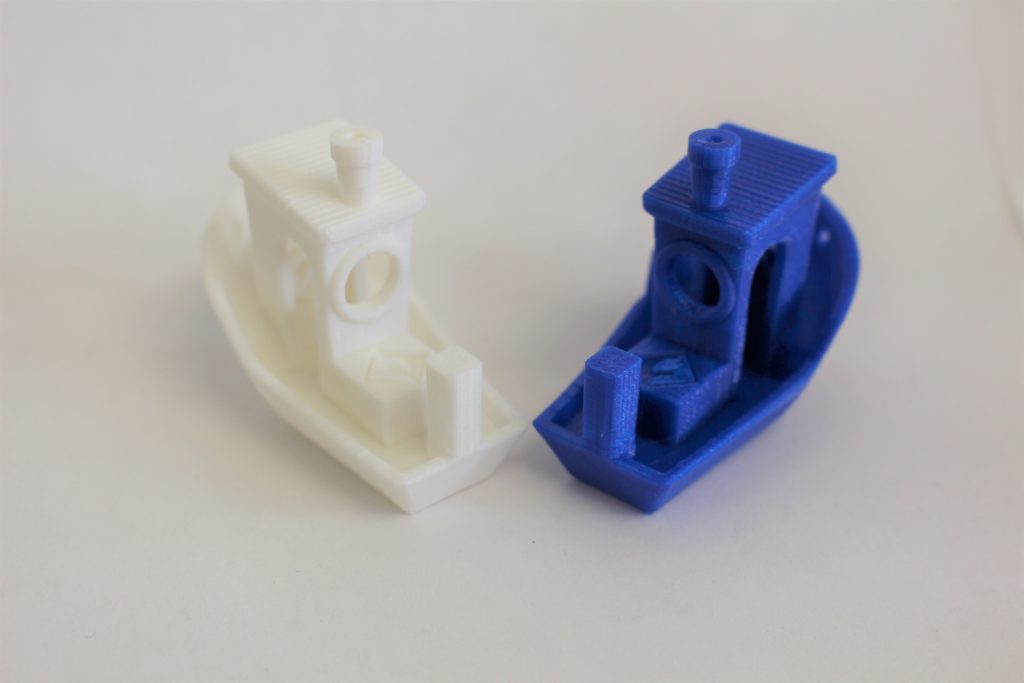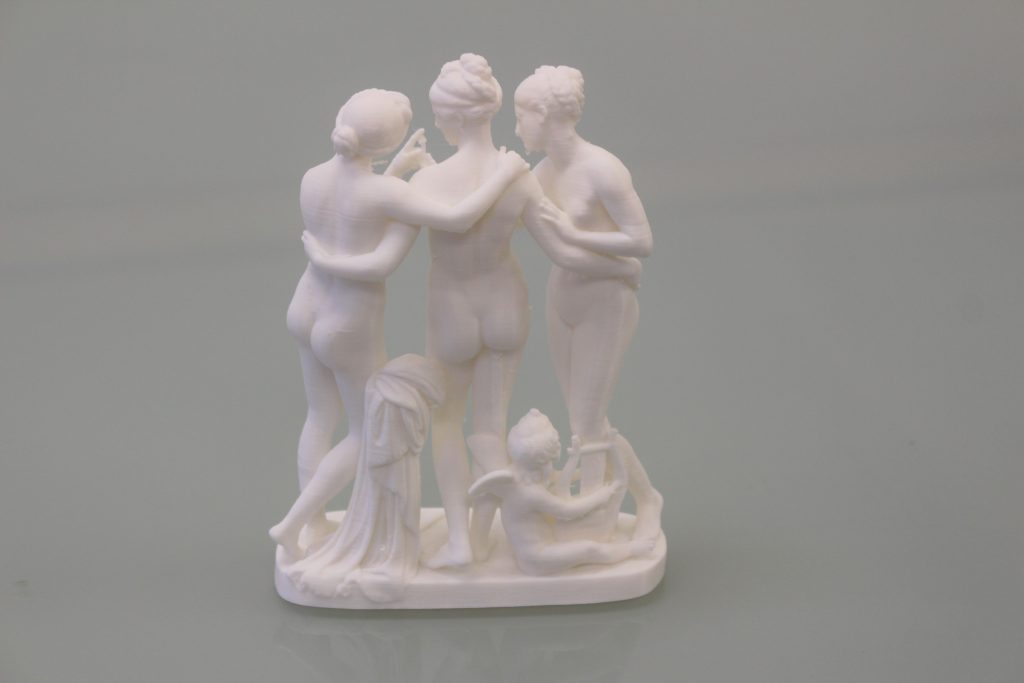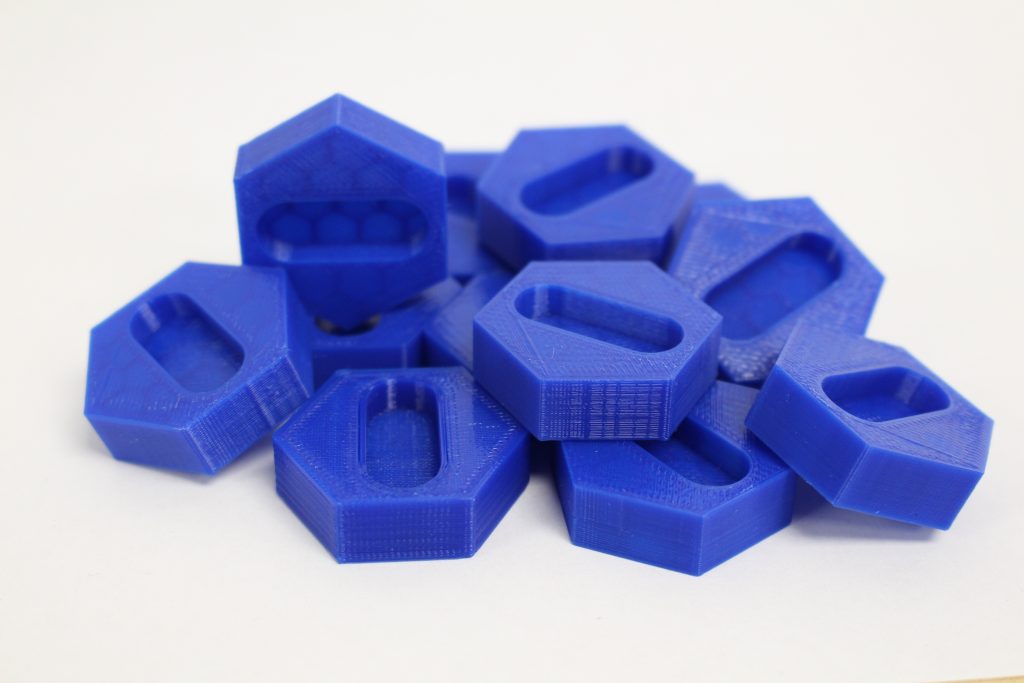3D Printing Industry reviews the FlashForge Creator Max 2 3D printer.
Designed and manufactured by the specialists over at FlashForge, the Creator Max 2 is the company’s latest dual-extrusion desktop FFF 3D printer. Based on the previously released Creator Max, the 2nd generation machine comes complete with several design updates that remedy some of the original model’s issues. Priced at $969, the Creator Max 2 is primarily aimed at designers, engineers, and enthusiasts seeking professional-grade multi-material printing capabilities.
The system features a modest build volume of 200 x 148 x 150mm, giving users 4.44L of workspace. Much like many of FlashForge’s recent launches, the 526 x 360 x 403mm frame has undeniable robustness and is constructed entirely out of metal. We’ve found similar frames to be excellent at dampening vibrations in the past, so the machine’s motors’ movement should have no unwanted effects on the parts’ final quality.
The Creator Max 2 comes equipped with two external filament spool holders on the rear, a set of color-changing LED strips lining the interior, and a set of handles on either side for more comfortable carrying – all of which are FlashForge staples at this point. Connectivity options include an SD card slot (a 16Gb SD card is included) and a USB cable port.
As is standard with FlashForge 3D printers, users also have the option to fully enclose the build chamber via the use of an acrylic cover, which will help maintain consistently high chamber temperatures. As such, delamination, shrinkage, and warping issues should be of no concern, even if the room’s ambient temperature is particularly chilly.
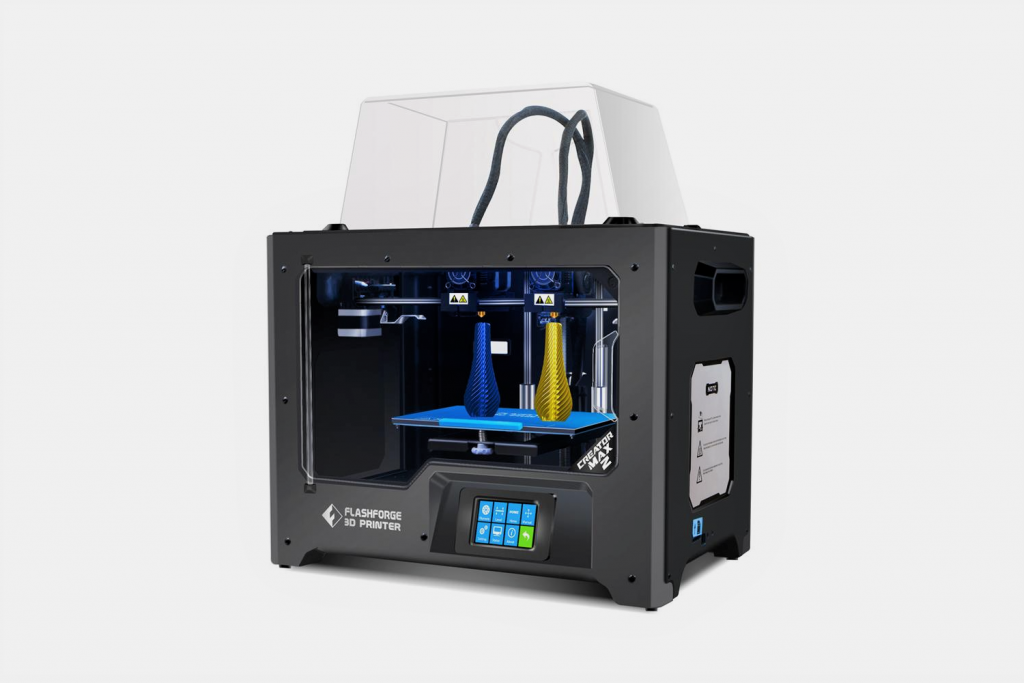
IDEX gantries and removable build plates
Building on ongoing customer feedback, the most notable addition to the Creator Max 2 is its new independent dual extrusion (IDEX) gantry system. With IDEX setups, the two extruders of a system each have their own printheads, meaning they can both be used simultaneously for double the throughput. Here, the two hotends are locked together in the Y-axis but free to move independently in the X-axis. With a maximum nozzle temperature of 240°C, the system claims to print with Pearl PLA, ABS Pro, and even PVA and HIPS as soluble support materials.
While non-IDEX dual extruders aren’t usually a problem on their own, the original Creator Max had a very poorly designed printhead cooling system, whereby the two nozzles shared just one fan outlet. With the hotends so close together, combined with inadequate cooling, we found that the active hotend had a significant effect on the inactive hotend’s temperature, resulting in oozing and blockages.
With the new IDEX system, this fatal error has been corrected, and the Creator Max 2 even features the helpful anti-oozing plates we mentioned in our recent review of the FlashForge Creator Pro 2. The plates are located on either end of the X-axis rod and act like scrapers against the inactive nozzle, ensuring any spaghetti that may accumulate is purged before the nozzle is used again.
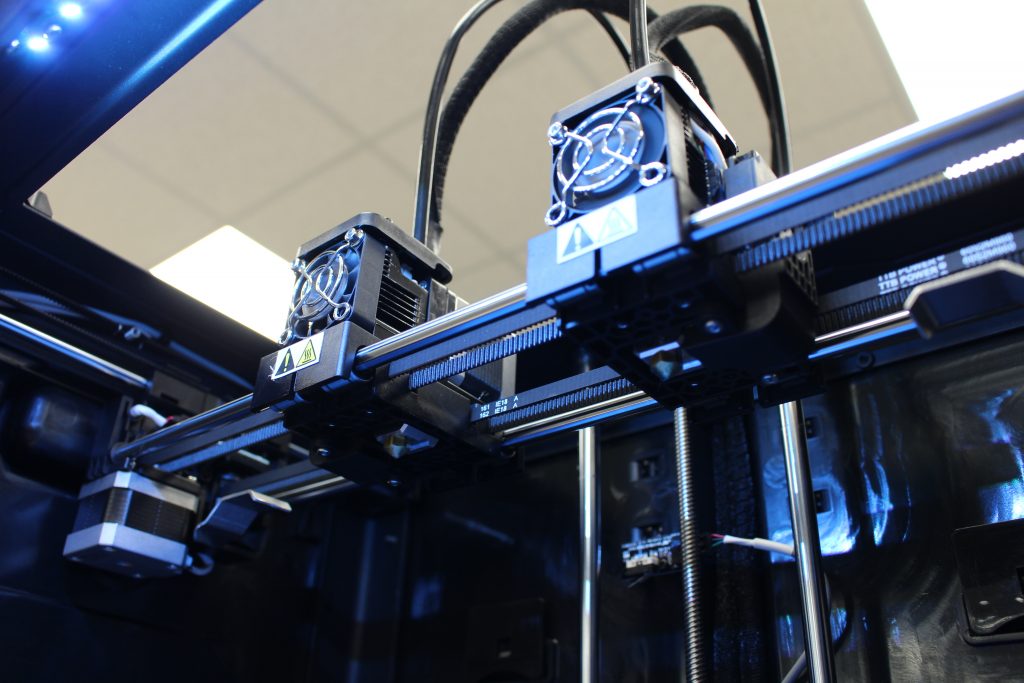
The other major upgrade on the Creator Max 2 is the new removable build surface. Looking at the system’s predecessor, the surface of the alloy build platform was not removable, meaning users had to tediously scrape off prints inside the build chamber, often resulting in scuffs and dents on the build plate. The new build platform is covered by a magnetic, flexible matte polymer sheet capable of heating to 120°C, providing ample adhesion while preventing warping.
The majority of the printer’s functionality, including bed leveling and filament loading, is accessed via the 3.5” full-color touch screen on the front. While filament loading is about as automated as possible, the assisted three-point bed leveling system will require a little more user input. Three screws in a triangular formation under the platform control the plate’s height, and it is up to the user to turn these until the nozzles are level with the top of the build plate. A handy leveling card is provided, and all of the instructions are displayed right on the touchscreen.
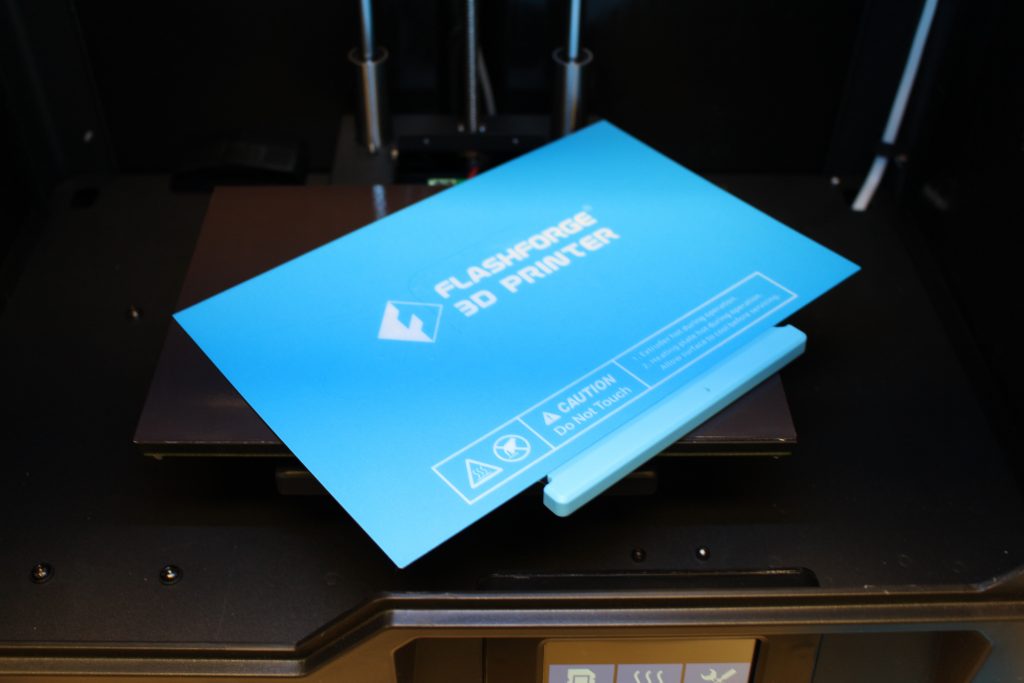
The FlashPrint slicing software
FlashForge provides its proprietary slicing software for use with all of its 3D printers, and the Creator Max 2 is no exception to this. FlashPrint is characterized by its distinct grey and blue color scheme, which aligns with its brand. The UI is refined and well-thought-out, with minimal clutter and an intuitive set of translation, rotation, and rescaling functions. Owing to the IDEX setup, Creator Max 2 users also have an ‘extruder’ sub-menu to tinker with – this is where mirror and duplicate builds can be prepared.
Once the models are nested in the virtual build space, users can choose between two different support geometries: linear and treelike. The auto-support feature works like a dream in most situations, but users seeking a greater degree of control over support scarring can also opt for the manual point-and-click approach.
Of course, there is also an expert mode available for the more experienced FFF 3D printer enthusiasts out there. When expert mode is activated, the full suite of print parameters is made available, including temperatures, speeds, infill, and cooling. It’s safe to say that FlashPrint provides one of the best user experiences in the slicing arena and is an easy-to-use program for anyone willing to give it a try.
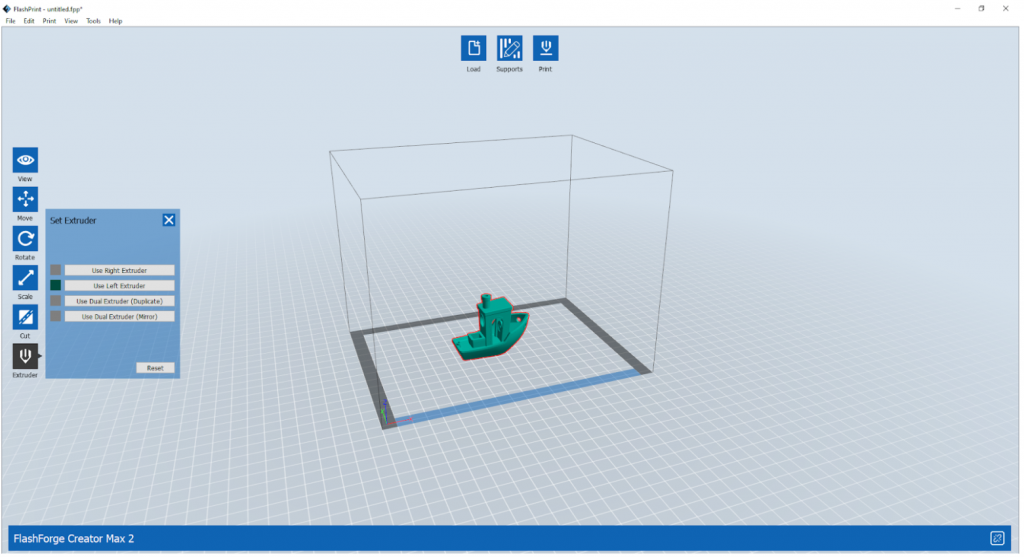
Benchmarking the Creator Max 2
It’s time to see if there’s any bite behind the bark. The 3D Printing Industry testing regime is designed to determine everything a printer can and can’t do. We begin with our very own in-house benchmarking model (ABS), which consolidates several basic print tests to give an overview of a printer’s capabilities.
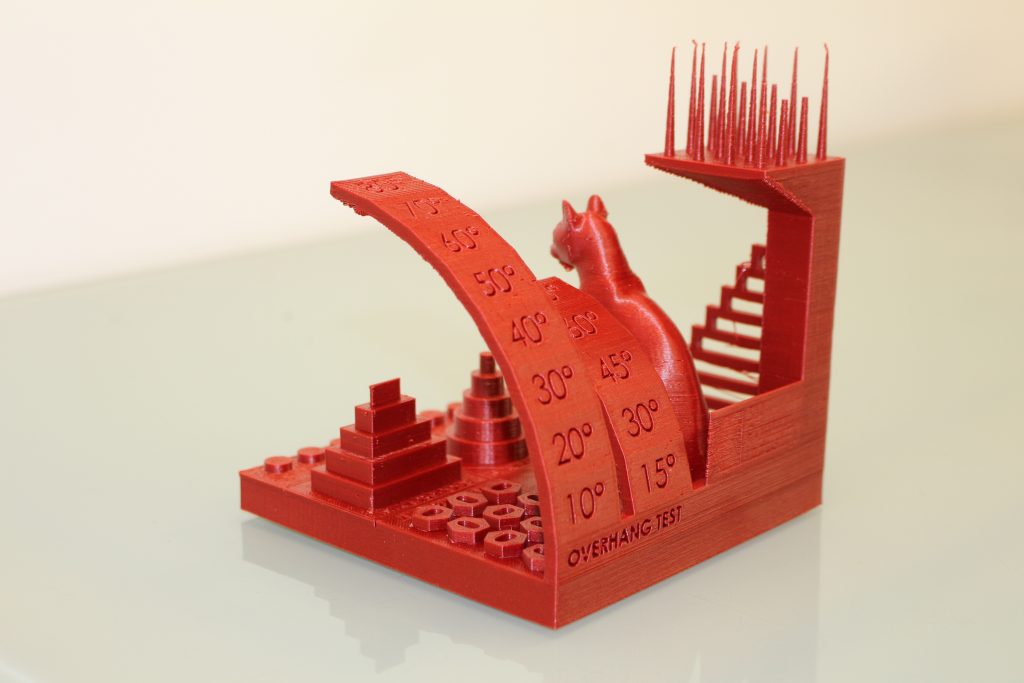
Looking at the overhang portion of the test model, we see that the Creator Max 2 can print overhangs up to 60° without any support structures. The 50° – 55° range is considered average for a similarly priced system, so we’re pleased with the machine’s performance here. Likewise, the horizontal bridging test was successful until a length of 25mm – this is around average for a material like ABS and speaks to the improvements in the Creator Max 2’s revamped cooling system.
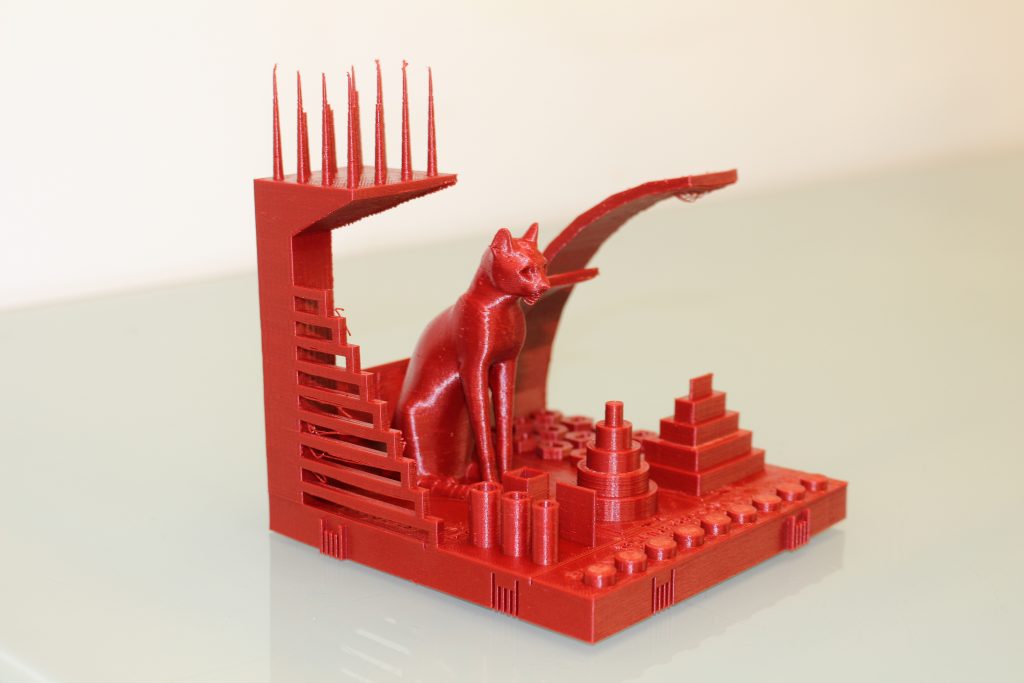
The retraction test, on the other hand, is an excellent indicator of a machine’s extrusion capabilities, as low-quality extruders will be unable to retract the heated filament while the nozzle moves across the spike array, resulting in unsightly stringing. Fortunately, the spikes were fabricated with excellent precision and no stringing between them, meaning a resounding success. On closer inspection, you may notice that some of the spikes are indeed missing, but we’re happy to announce this due to human error in a moment of careless handling and shouldn’t reflect on the machine’s performance.
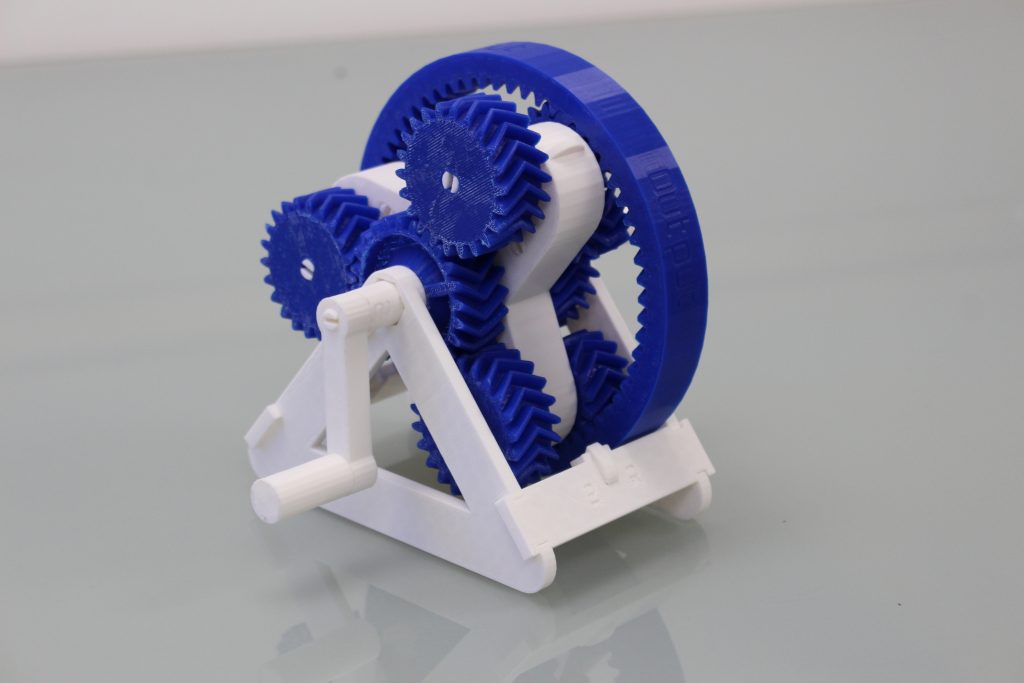
Moving on, we decided to try our hand at a mechanical assembly test. Here, our automatic transmission gearbox helps us determine a 3D printer’s dimensional precision, as assembly and operation will only be smooth if each of the components maintains tight tolerances. Straight out of the build chamber, the parts required minimal post-processing and snapped together as expected. While there was a small amount of friction during movement, this improved after a few revolutions as the gears smoothed themselves out and fell into place. Overall, a fantastic print.
Naturally, we also had to put the Creator Max 2’s dual extrusion capabilities through its paces. For this, we decided on a bi-color PLA dragon egg, and a bi-material (PLA/ABS) jointed assembly, each of which was printed in one go. Dual extrusion prints such as these help us determine how well calibrated the two nozzles are in relation to each other, as there is only one hotend active at any one time.
The system managed to craft the egg well, as the color boundaries are distinct with an acceptable amount of material bleeding. The overall quality of each zone is excellent, and the surfaces are notably smooth. Similarly, the jointed assembly was fabricated with success – it moves as expected, and the interface between the two materials is clear. This is especially impressive considering the vastly different printing parameters required to work with PLA and ABS.
Finally, we put the Creator Max 2’s PVA compatibility claims to the test. PVA, or polyvinyl alcohol, is a flexible and biodegradable polymer that is soluble in water. As such, it makes for a great support material, as it eliminates the need to clip supports in hard to reach cavities and overhangs. Looking at the before and after images of our friendly mammoth, we see a notable lack of defects. Our PVA supports served their purpose and dissolved without a trace, resulting in a very high surface quality throughout, even in precarious sections like the inside of the ribcage.
The verdict
Ultimately, we have here one very impressive redemption story. The original Creator Max was a little lackluster to say the least, with an extremely poorly designed cooling system marking its downfall. It’s great to see FlashForge has faced the criticism head on, rather than avoiding the issue and making the same mistakes again. The IDEX system works like a charm (see our benchies below), and the overall quality of the Creator Max 2’s build is just what we’ve come to expect from the seasoned manufacturer.
Granted, it’s missing a few premium add-ons such as Wi-Fi connectivity and a filament runout sensor, but the print quality is great for the price point and the removable build plate is a godsend. All in all, we’re very happy with the Creator Max 2 and hope to see FlashForge take its future systems in a similar direction.
Subscribe to the 3D Printing Industry newsletter for the latest news in additive manufacturing. You can also stay connected by following us on Twitter and liking us on Facebook.
Looking for a career in additive manufacturing? Visit 3D Printing Jobs for a selection of roles in the industry.
Featured image shows the FlashForge Creator Max 2. Photo via FlashForge.



